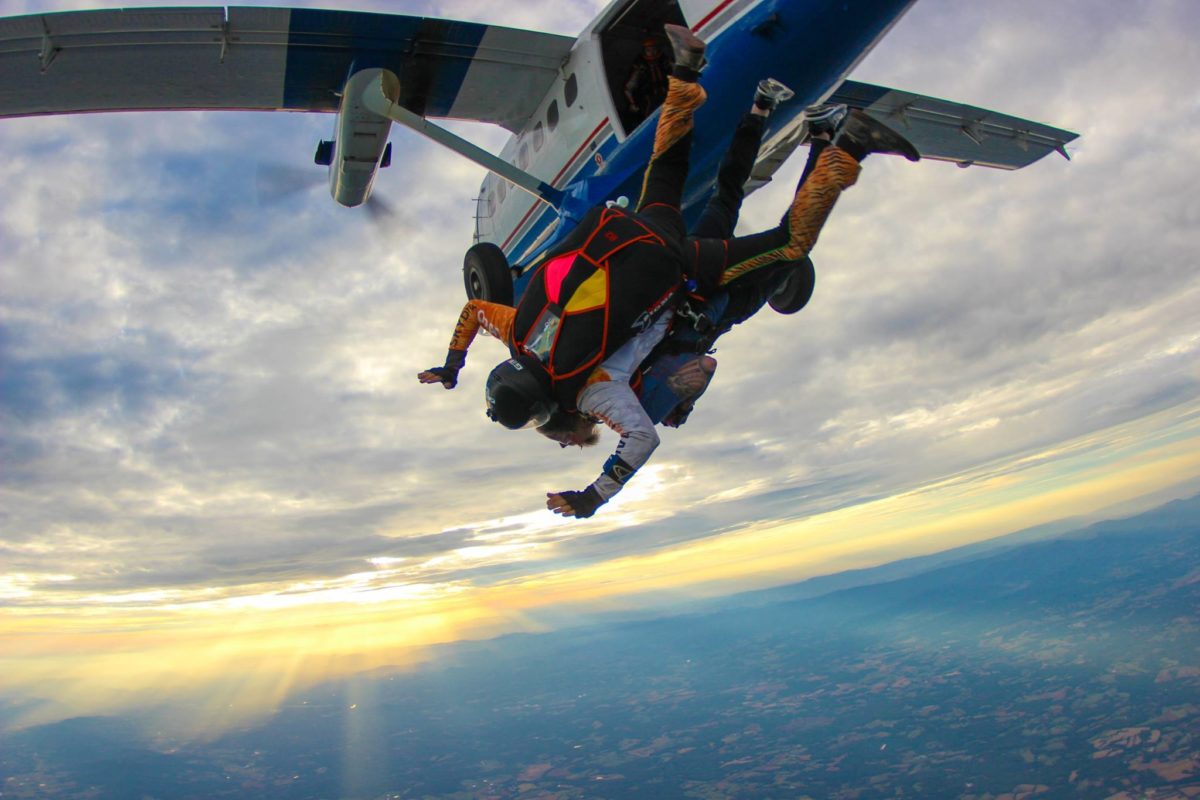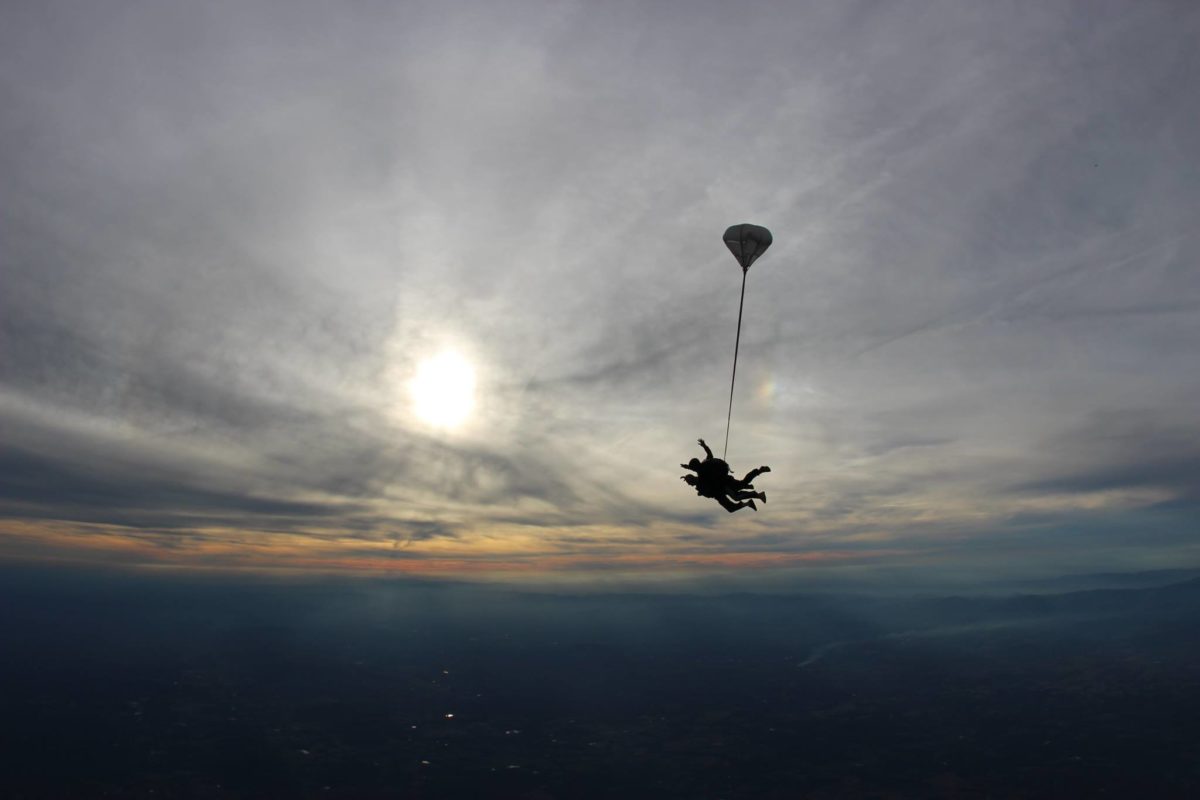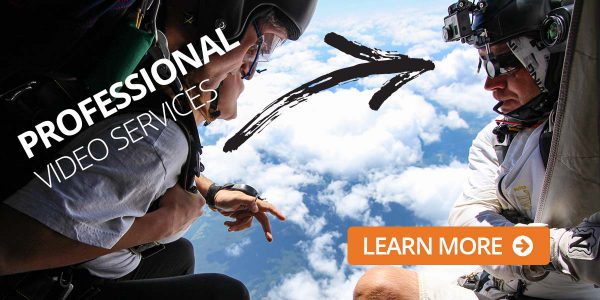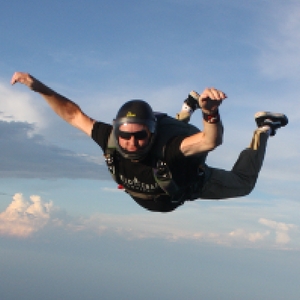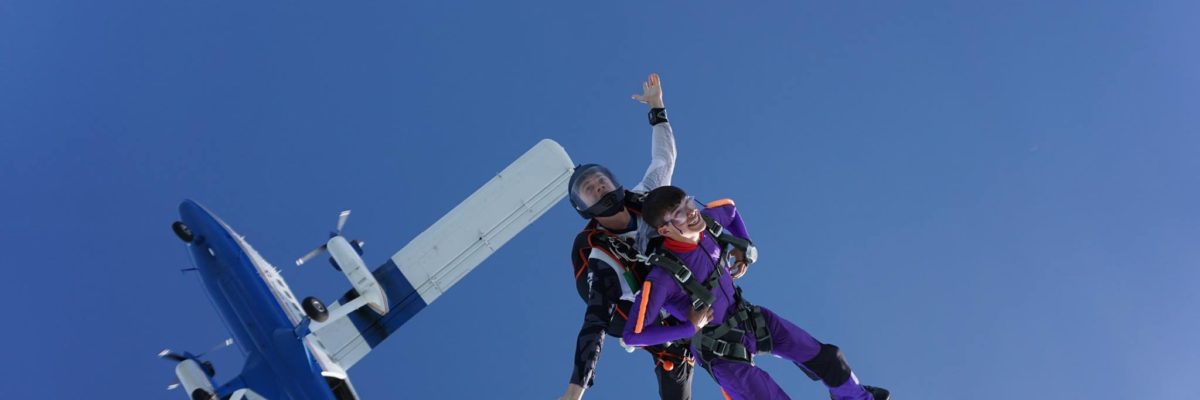
How High Are Skydiving Jumps?
Saturday, November 2, 2019
- Skydive Orange
- 11/02/19
- 0
- General
In this article, we’re going to talk about a topic that’s near and dear to the hearts of skydivers everywhere! ALTITUDE. If you’ve never made a skydive before, it’s likely that you’ve not given too much thought about how high you’ll be jumping from, but this is a factor that you should consider because the higher the skydive, the more free fall you get to enjoy (and free fall is the fun part)! So let’s get right to it… here’s everything you’ve ever wanted to know about skydiving height.
How High Are Skydiving Jumps?
The most common exit altitude for skydiving is 10,000 feet. Larger skydiving operations that fly turbine aircraft usually drop skydivers between 13,000 and 14,000 feet. Higher altitude jumps can be made, however, jumps made above 15,000 feet require the use of oxygen to avoid hypoxia.
How High Does Skydive Orange Fly?
Skydive Orange is fortunate to have the Rolls Royce of skydiving aircraft – the prized deHavilland Twin Otter!! (she’s a real beauty!). Because this 23 passenger, twin-engine is such a beast (don’t let the cute name fool you), we routinely drop skydivers from 14,000 feet. We do have the option for HALO (high altitude, low opening) skydives from 17,500’ between the months of May and October.
When Learning to Skydive, How High do you Jump?
The most modern form of skydiver training used today is AFF (Accelerated Free Fall). Unlike the static line training method (minimal to no free fall time), skydiving students learn to skydive from the full exit altitude of 14,000’ (at Skydive Orange).
If the Exit Altitude is 14,000’, How Long Will the Free-Fall Last?
Exiting from 14,000’ will allow skydivers to free fall for approximately one minute. If in a belly to earth falling position, the first thousand feet usually lasts 10 seconds. As a skydiver builds speed and reaches terminal velocity, the descent rate is approximately six seconds for every thousand feet! (That’s pretty fast!)
What is the Best Skydiving Altitude?
What height gives you the best skydiving experience? Most skydivers will say that the best skydiving altitude is between 13,000’ and 14,000’ because this altitude allows for more free fall time without the use of oxygen. Going to a higher altitude (beyond 15,000’) requires more preparation, the use of oxygen, a longer flight time and it’s generally more expensive. 
Why Do Some Skydiving Centers Jump From 10,000’ and Others Jump from 13,000’+?
The reason exit altitude varies from one skydiving location (also known as a dropzone) to another is due to the type of aircraft the operation flies. The most common aircraft used in skydiving is the trusty Cessna 182. The 182 has many pros and a few cons. One of the primary cons of the 182 is that the exit altitude for skydiving occurs at 10,000’ and it holds only four seats (aside from the pilot).
If you’re wishing to have the ultimate first experience, jumping from 13,000’+ is the way to go!
What is the Highest Skydiving Altitude Without the Need for Oxygen?
The altitude threshold for skydiving without oxygen is usually 14,000’. 15,000’ and above requires the use of oxygen.
What is Skydiving at Low Altitude?
Today, the lowest altitude that most civilian skydivers jump from is 3,000 feet. For tandem skydiving, the lowest industry standard exit altitude is between 7,500 and 8,000 feet, but this usually results in very little time spent in free fall.
What is Deployment or “Pull” Altitude?
Deployment altitude is the predetermined altitude in which a skydiver deploys the main parachute. The industry standard for tandem skydiving is considered to be between 5,000 and 6,000 feet. Licensed skydivers usually deploy or “pull” their parachutes at 3,000 feet.
How do Skydivers Know Their Altitude?
Skydivers use a couple of different tools to determine their altitude during a skydive. Firstly, the majority of skydivers use a wrist-mounted altimeter (which looks like an over-sized wristwatch). The altimeter measures barometric pressure and speed in order to give the skydiver the correct altitude reading. Additionally, skydivers also use audible altimeters. Audible altimeters are mounted within the helmets of skydivers and give off different beeping sounds at different altitudes to alert the skydiver of their height. This helps a skydiver to maintain “altitude awareness.”
And Now You Know!!!
And now you know more than most about skydiving altitudes!
If you’d like to experience the very best skydiving has to offer, we invite you to make a skydive with us here at Skydive Orange!
The largest tandem skydiving center near Northern Virginia, Washington D.C. and Maryland.
Copyright © 2025, Skydive Orange, All Rights Reserved.
DropZone Web Design & Marketing by Beyond Marketing, LLC
